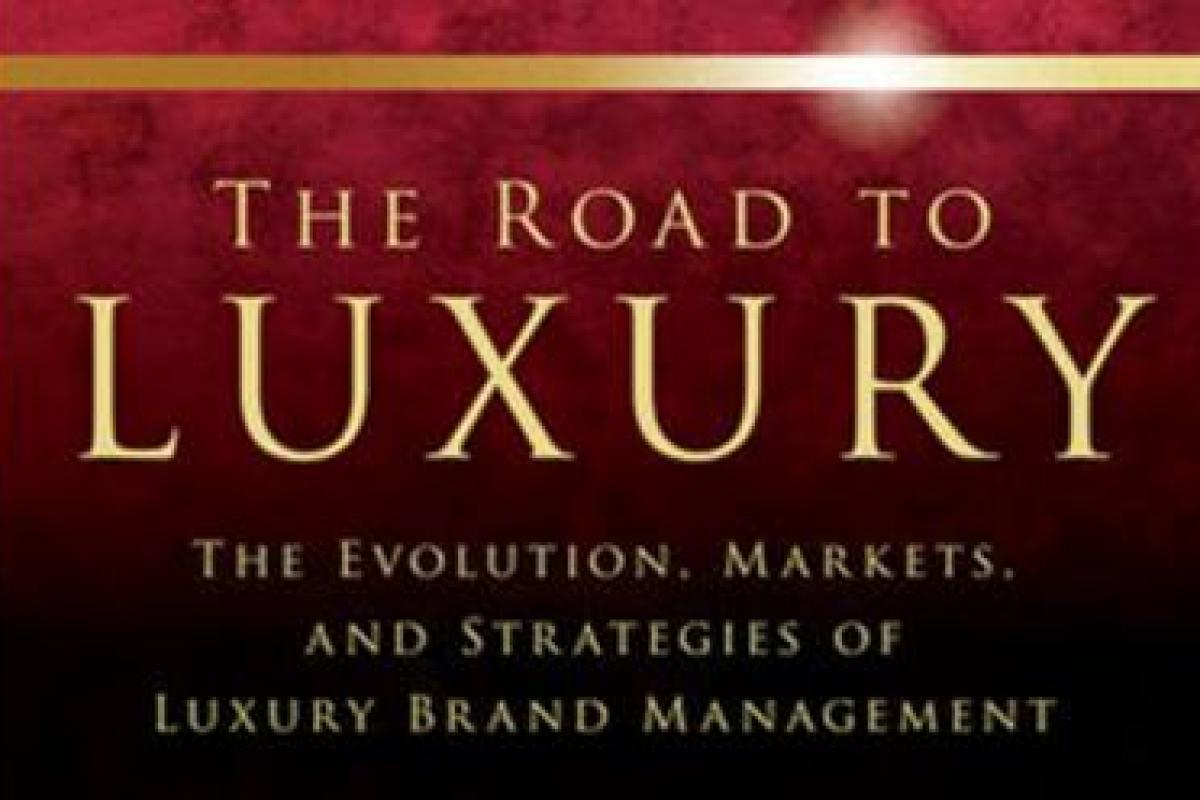If you’ve ever wondered about the intricacies of the luxury goods market and how it is embracing new trends and technologies, you could do a lot worse than read the road to luxury.
It provides a dense, analytical overview of the origins of luxury, it’s current state and where it is heading to for the future. We get a glimpse of the new world luxury companies who are interrupting the normal order of the old world largely family run businesses that originate from countries like France and Italy. It remains to be seen if the locally manufactured brands from the new world markets overtake the old world brands but certainly there appears to be increasing consumer demand.
We also get a sense of where the revenue growth opportunities are for these companies and how they have increasingly looked towards Asia and the BRIC markets for increased revenue.
There is a fascinating section in the book that provides an analysis of the various strategies that each of the major luxury good companies deployed when battling with the 2009 global crisis. Some of these companies saw the crisis as an opportunity to diversify whilst others downsized or undertook a cost-cutting exercise. All of these companies that coped with the crisis are still in existence now and are making good strides once again which proves that the luxury goods business is resilient in nature.
I’ve often thought about how luxury is defined as there are so many different interpretations. There is however a great quote in the book which perfectly summarises what i feel luxury is. ‘The true essence of luxury is demand for something for which there is no need’.
Increasingly in recent years we have seen luxury goods companies embrace digital communication. Perhaps none more so than Burberry who started investing in digital in 2009 when the brand’s retail performance dropped by 10 to 15 percent. By 2013, their revenues had witnessed double digit growth and this was in no small part to their digital integrated strategy. As consumers want to not only purchase the product but also encounter the product and the experience in both an offline and online world, companies have had to develop digital strategies that caters to consumer needs. Having a presence on social media platforms which was once deemed as risky is now being embraced as a way of gaining a detailed profile of their consumers from their online activity and approach them more effectively through different media.
Despite the luxury goods market seeing healthy year-on-year sales increases, there are some challenges that exist. As emerging markets like China which represented 47% of total luxury goods sales in 2013 struggle to maintain GDP growth, it makes revenue growth targets harder to achieve and sustain for luxury goods companies. Globalisation has also resulted in greater ubiquity between luxury brands and more difficulty in having a form of differentiation. There is thus a need to embrace innovation and new market opportunities quicker than perhaps has been done in the past. There is also the ongoing challenge of developing an intelligent digital strategy that complements what the brand stands for rather than diluting it’s appeal.
No doubt some companies will embrace these challenges and achieve further success whilst other companies will lose market share. It will be interesting to see how this industry evolves in the coming years.
Join our Book Club. If you're a member of The Marketing Society we'd love you to write a 300-word review for our Clubhouse. Or if you're an author get in touch. We've got lots of members keen to review your book. Contact Michael Piggott to find out more.
